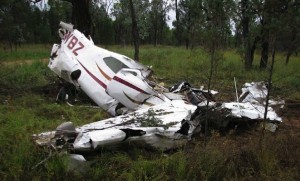
Research by the Australian Transport and Safety Bureau (ATSB) shows ELTs are only functioning as intended in about 40 to 60 per cent of accidents.
The report reveals that pilots and operators of general aviation and low capacity aircraft cannot rely on a fixed fuselage-mounted ELT to activate when required. Also, carrying a personal locator beacon will most likely only be beneficial to safety if it is carried on the person, rather than being fixed or stowed elsewhere in the aircraft.
Despite these concerns, the report shows data from the AMSA Search and Rescue incident database indicating that ELT activations have been directly responsible for saving an average of four lives per year.
Records of the Australian Maritime Safety Authority’s SAR incidents shows search and rescue personnel were alerted to aviation emergencies in a variety ways including radio calls and phone calls, and that ELT activation accounted for the first notification in only about 15 per cent of incidents.
The ATSB said pilots and operators of general aviation and low capacity aircraft need to be aware that a fixed fuselage mounted ELT cannot be relied upon to function in the types of accidents in which they were intended to be useful.
Notes the ATSB: “The effectiveness of ELTs in increasing occupant safety and assisting SAR efforts may be enhanced by using a GPS-enabled ELT, using an ELT with a newer 3-axis g-switch, ensuring it is installed correctly, ensuring your beacon is registered with AMSA and pre-emptively activating the beacon if a forced landing or ditching is imminent.”














